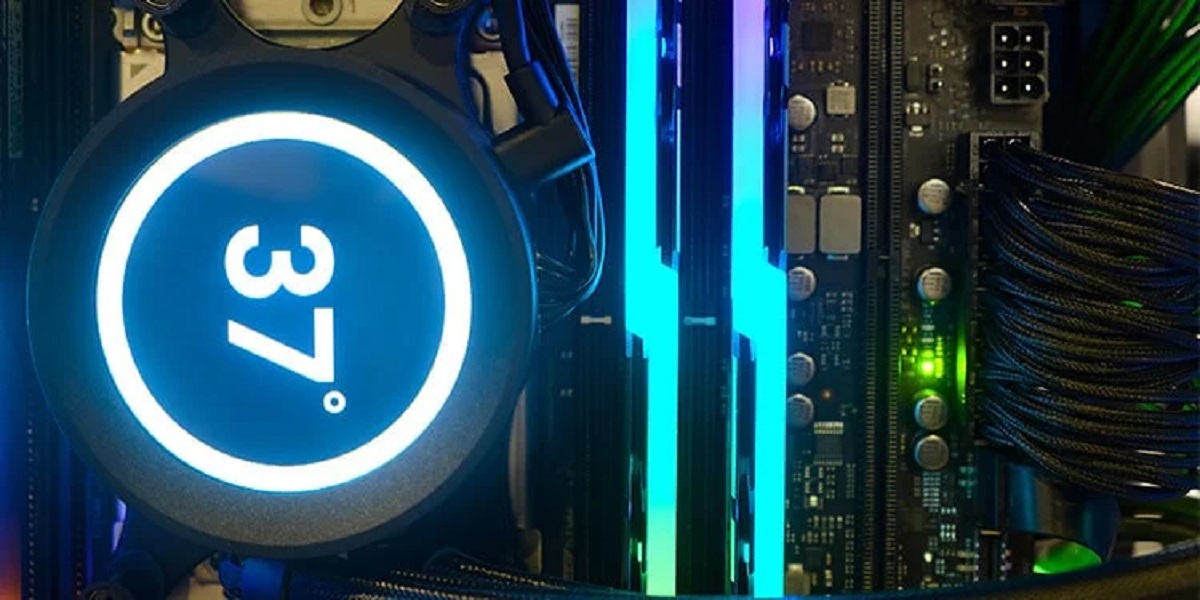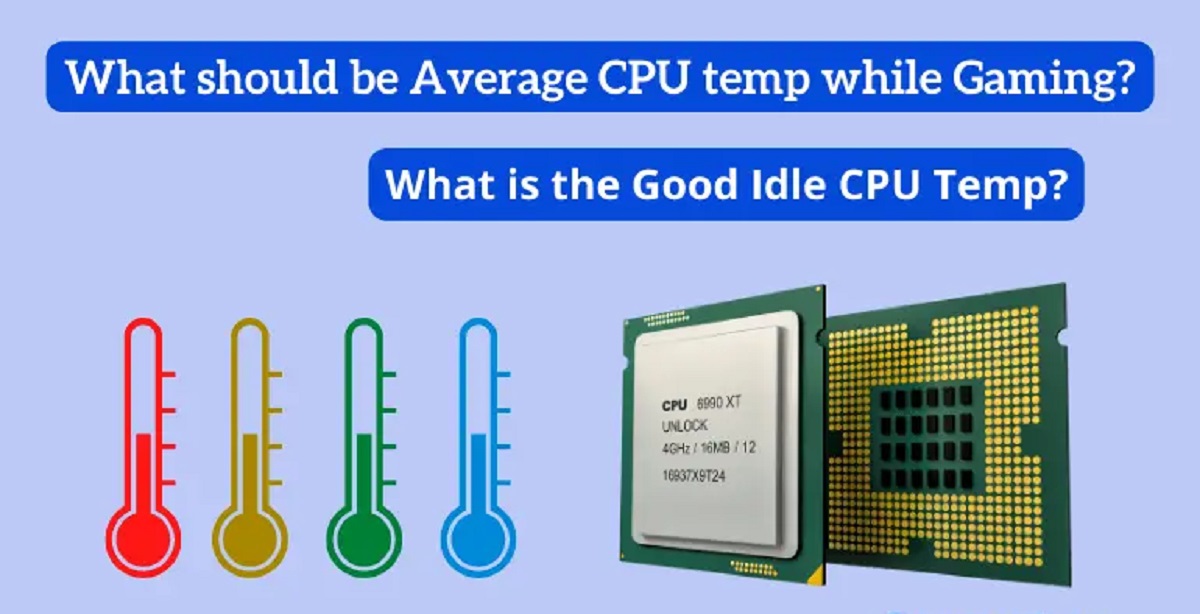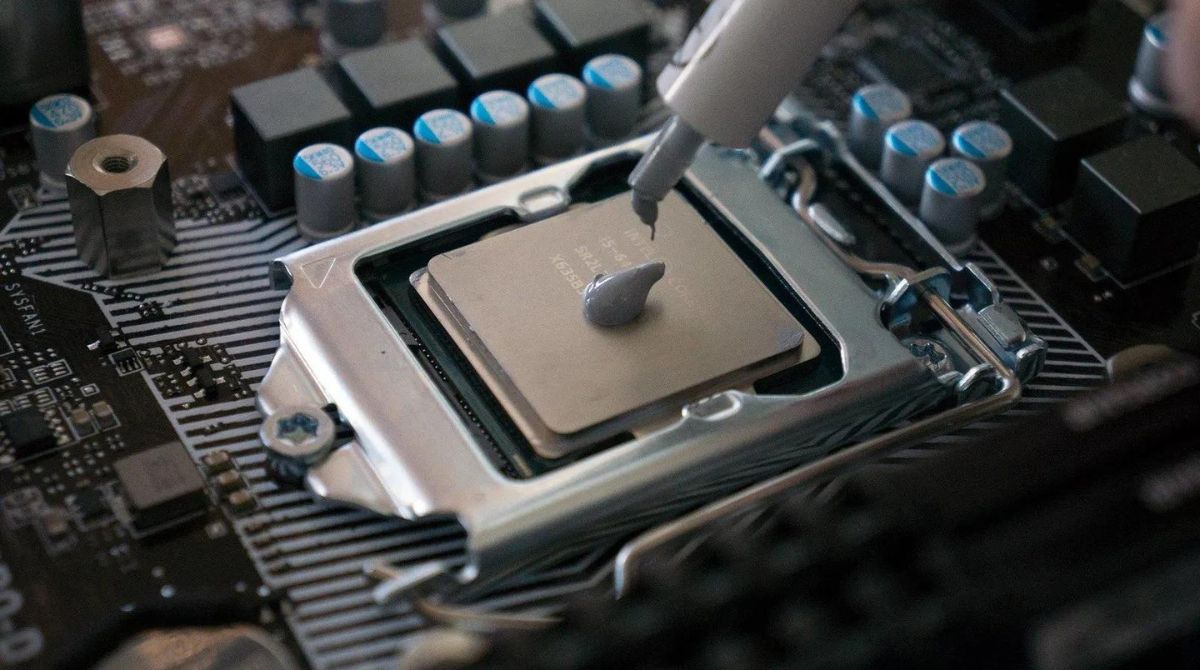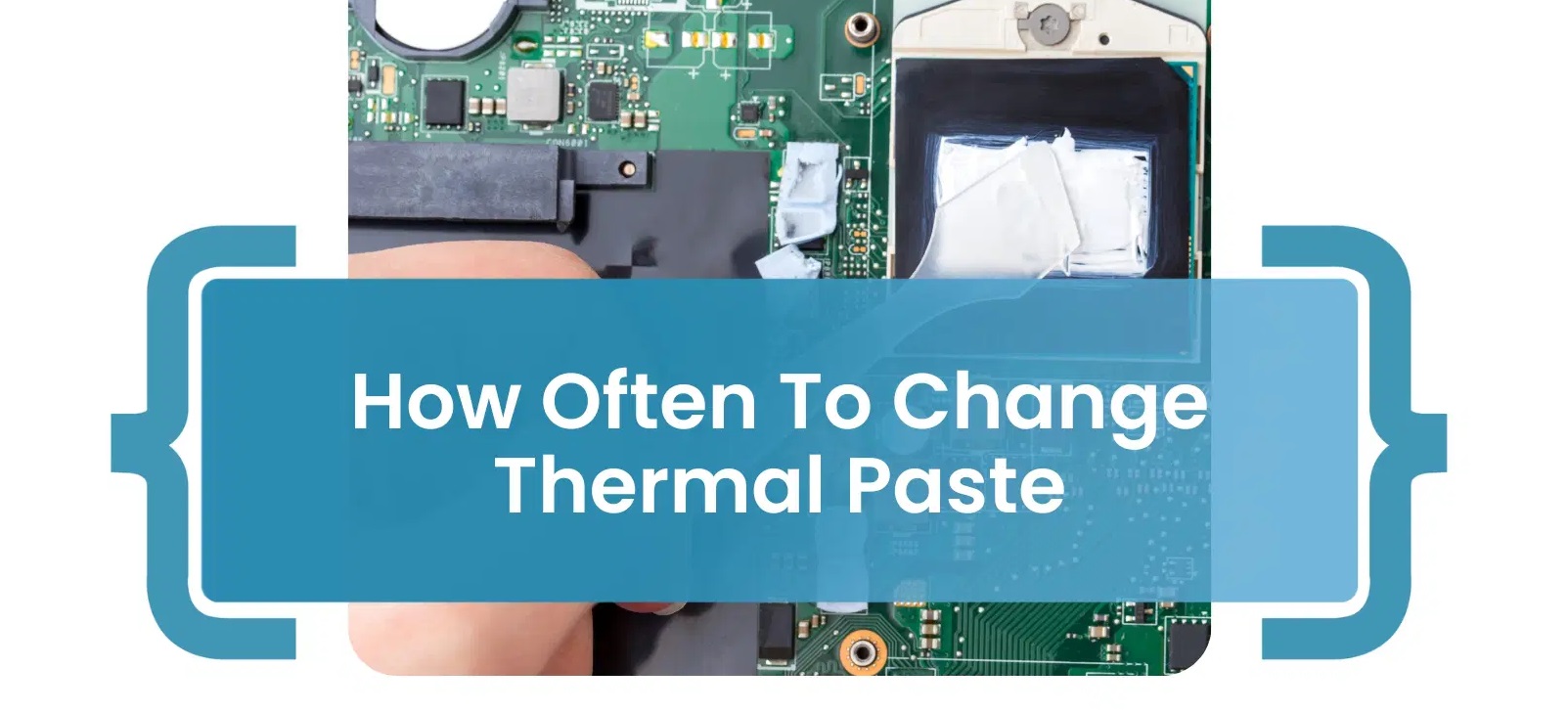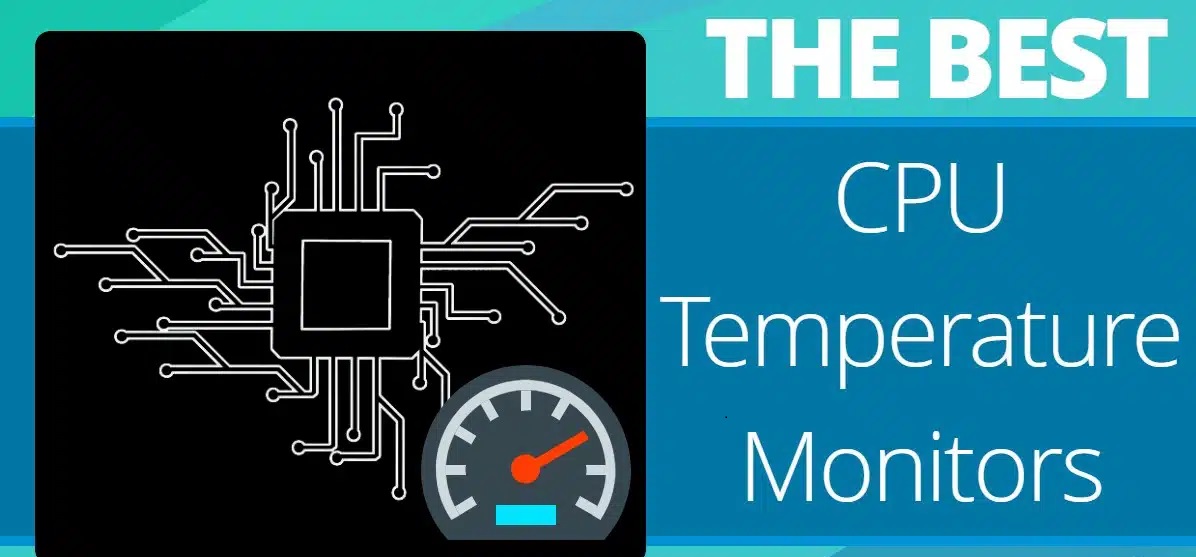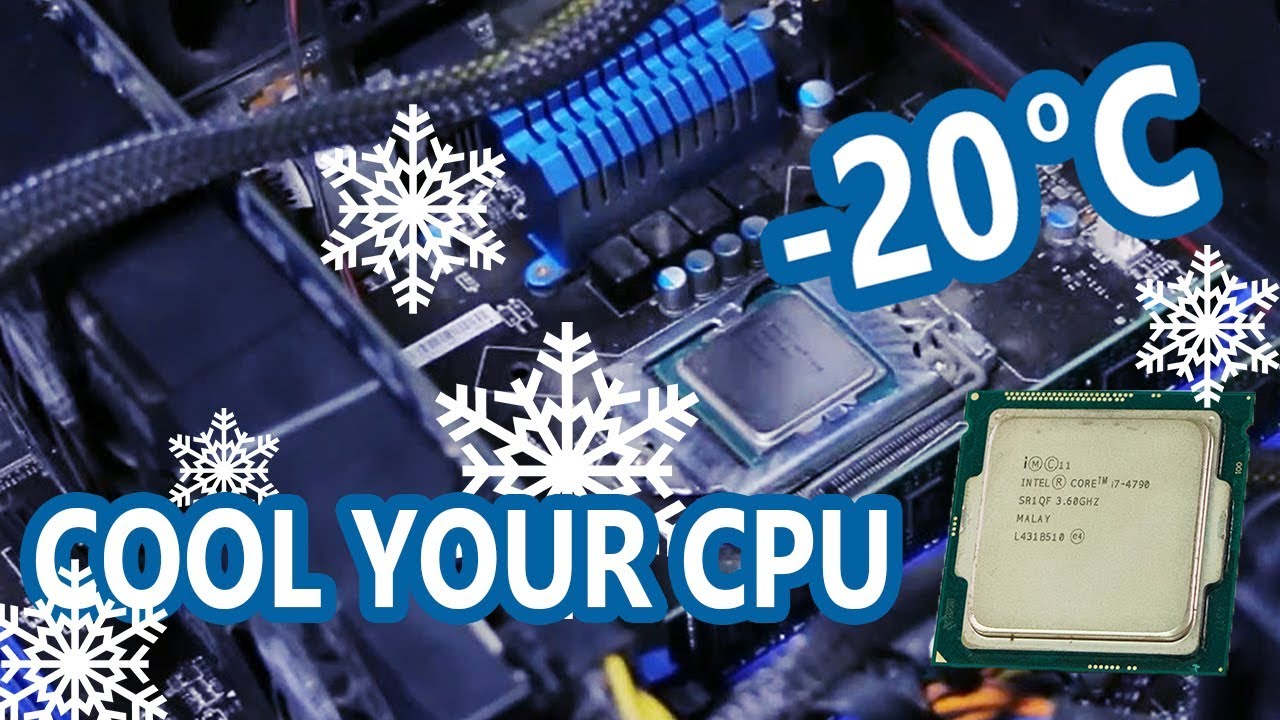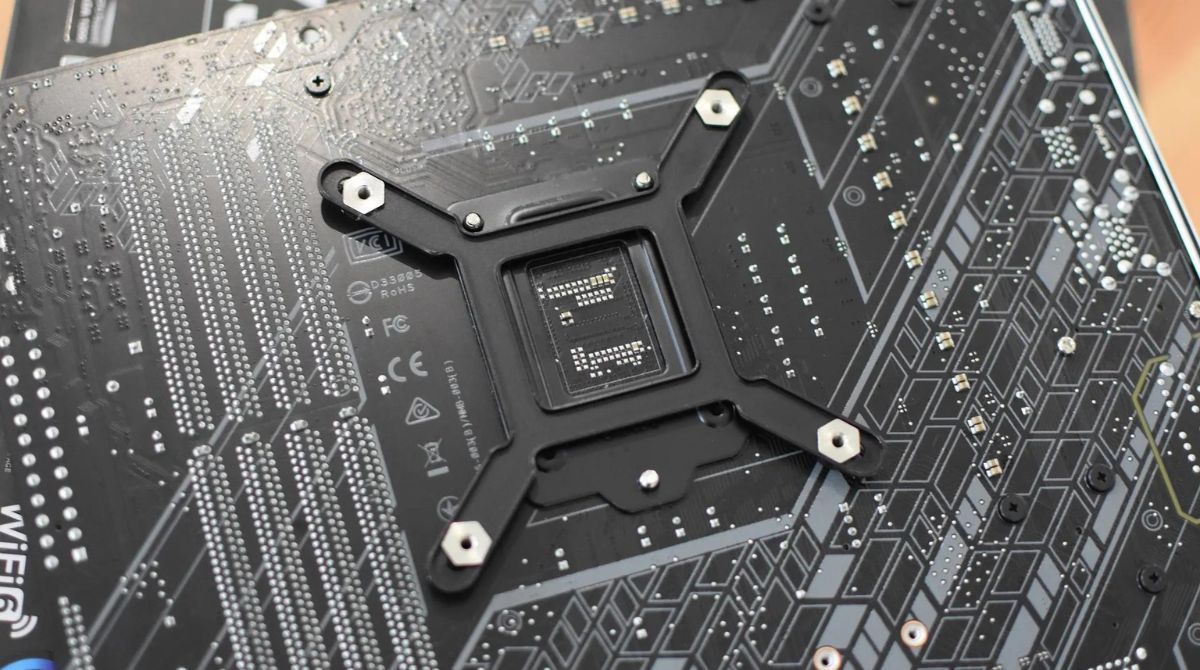Why Is Temperature Important for CPU?
The temperature of a CPU (Central Processing Unit) is a critical factor that directly impacts its performance and lifespan. CPU temperature refers to the measure of heat generated by the CPU while it operates. Maintaining an optimal temperature is vital for the smooth functioning of the CPU and overall system stability.
When a CPU operates, it produces heat as a byproduct of its electrical activity. Excessive heat can lead to several issues, including:
- Reduced Performance: When a CPU becomes too hot, it can throttle its speed to prevent overheating. This results in a decrease in performance, causing the computer to run slower and tasks to take longer to complete.
- System Instability: High CPU temperatures can cause frequent crashes, freezes, or sudden shutdowns. These issues are especially common during resource-intensive tasks such as gaming or video rendering.
- Reduced Lifespan: Excessive heat can significantly decrease the lifespan of a CPU. Prolonged exposure to high temperatures can cause the internal components to degrade more rapidly, leading to irreversible damage.
- Increased Energy Consumption: A CPU operating at higher temperatures requires more power to cool down, resulting in increased energy consumption and higher electricity bills.
Monitoring and controlling the CPU temperature is crucial to ensure optimal performance and prevent hardware damage. Operating within the recommended temperature range not only enhances the longevity of the CPU but also improves the overall computing experience.
Next, we will delve into what is considered a “normal” temperature range for a CPU and factors that influence CPU temperature.
What Is “Normal” Temperature for CPU?
The term “normal” temperature for a CPU refers to the range of temperatures at which it is designed to operate efficiently and safely. What is considered normal can vary depending on the specific CPU model and manufacturer. However, a general guideline for normal CPU temperatures is typically between 40°C to 70°C (104°F to 158°F) during normal usage.
It’s important to note that these temperature ranges can vary based on factors such as CPU load, ambient room temperature, cooling solution, and individual CPU characteristics. For example, under heavy loads or during overclocking, it is not uncommon for CPU temperatures to rise above the normal range, but they should still remain within safe limits.
Manufacturers often specify the maximum temperature threshold, known as the “Tj Max” or “Tjunction Max,” for their CPUs. This temperature represents the point at which the CPU will automatically throttle its performance or shut down to prevent damage. The Tj Max values vary among different processors, but a common range is around 90°C to 100°C (194°F to 212°F).
It’s crucial to monitor the CPU temperature regularly to ensure it remains within safe operating limits. Various software tools and motherboard BIOS settings allow users to monitor CPU temperature in real-time. Additionally, some CPUs have built-in temperature sensors that can be accessed through specific software utilities provided by the manufacturer.
In the next section, we will explore the factors that can impact CPU temperature and what risks are associated with high CPU temperatures.
Factors That Affect CPU Temperature
Several factors can influence the temperature of a CPU. Understanding these factors is essential for effectively managing and regulating the CPU’s temperature. Let’s explore some of the key factors that can impact CPU temperature:
- CPU Cooler: The CPU cooler plays a vital role in dissipating heat generated by the CPU. The type and quality of the cooler, such as air coolers or liquid coolers, can significantly impact temperature management. A properly functioning and efficient cooler can keep the CPU temperature within acceptable limits.
- Ambient Temperature: The ambient temperature of the environment in which the computer operates can affect the CPU temperature. Higher ambient temperatures can make it more challenging for the CPU cooler to dissipate heat effectively, leading to increased CPU temperatures.
- CPU Load: The workload or tasks being performed by the CPU directly affect its temperature. Higher CPU loads, such as gaming, video editing, or running demanding software, generate more heat and can result in increased CPU temperatures. Monitoring CPU usage and optimizing resource-intensive tasks can help manage temperatures more effectively.
- Overclocking: Overclocking refers to running the CPU at a higher clock speed than its default settings. While this can boost performance, it also leads to increased heat generation. Overclocking requires adequate cooling solutions to prevent excessive temperature spikes that can damage the CPU or decrease its lifespan.
- Thermal Paste: The application of thermal paste between the CPU and the cooler is crucial for efficient heat transfer. The quality and proper application of thermal paste ensure a good thermal connection, allowing effective heat dissipation. Inadequate or aged thermal paste can hinder heat transfer, resulting in higher CPU temperatures.
Understanding these factors can help users identify potential issues and take necessary measures to manage CPU temperature effectively. In the next section, we will discuss the risks associated with high CPU temperatures and why it is crucial to keep them in check.
Risks of High CPU Temperature
Allowing the CPU temperature to rise above safe limits can pose several risks to the performance and longevity of the processor and overall system stability. Let’s explore the risks associated with high CPU temperatures:
- Degrading Performance: High CPU temperatures can cause the processor to throttle its speed or reduce performance to prevent overheating. This can result in slower response times, delayed task execution, and overall reduced system performance.
- System Instability: Excessive heat can lead to system instability, resulting in crashes, freezes, or sudden shutdowns. These issues are particularly prevalent during resource-intensive tasks and can lead to data loss or interruptions in workflow.
- Reduced Lifespan: Prolonged exposure to high temperatures can significantly decrease the lifespan of the CPU. Continuous operation at elevated temperatures can cause the internal components of the processor to degrade more rapidly, leading to potential hardware failure and the need for costly replacements.
- Hardware Damage: Excessive heat can cause physical damage to the CPU and other components of the computer. Over time, high temperatures can lead to solder joint failures, capacitor degradation, or even the melting of delicate circuitry, rendering the hardware unusable.
- Increased Energy Consumption: A CPU operating at higher temperatures requires increased cooling, leading to higher power consumption. This translates to higher energy bills and increased carbon footprint, impacting both the environment and personal finances.
- Voiding Warranty: Operating a CPU at temperatures beyond its specified limits may void the warranty provided by the manufacturer. This leaves the user responsible for any repairs or replacements required due to thermal damage.
Given these risks, it is crucial to actively monitor and maintain safe CPU temperatures. In the next section, we will provide some tips and best practices to help keep the CPU temperature in check.
Tips to Keep CPU Temperature in Check
Maintaining optimal CPU temperature is essential for the overall performance and longevity of the processor. Here are some tips to help keep the CPU temperature in check:
- Ensure Proper Ventilation: Make sure that the computer case has adequate airflow and ventilation. Keep the air vents free from dust and ensure that cooling fans are working properly to facilitate proper heat dissipation.
- Clean and Dust-Free Environment: Regularly clean the computer case and components to remove dust build-up. Dust can obstruct airflow and act as an insulator, leading to higher CPU temperatures.
- Use High-Quality Thermal Paste: Apply a high-quality thermal paste between the CPU and the cooler to facilitate better heat transfer. Ensure that the thermal paste is evenly applied and in sufficient quantity.
- Consider CPU Cooling Solutions: Invest in a high-quality CPU cooler that matches the requirements of your CPU. Air coolers and liquid coolers are common options to efficiently dissipate heat. Ensure that the cooler is properly installed and functioning optimally.
- Optimize Cable Management: Arrange cables inside the computer case to allow unrestricted airflow. Proper cable management prevents cables from blocking cooling fans or obstructing the flow of air through the case.
- Avoid Overclocking: Overclocking increases heat generation, so unless necessary, avoid pushing your CPU beyond its default clock settings. If you do choose to overclock, ensure that you have adequate cooling solutions to handle the increased heat.
- Monitor CPU Temperature: Use software monitoring tools to keep track of the CPU temperature in real-time. This allows you to detect any temperature spikes and take necessary actions to prevent overheating.
- Manage CPU Load: Avoid subjecting the CPU to excessive workload for prolonged periods. Optimize resource-intensive tasks and consider scheduling demanding tasks during cooler parts of the day.
Implementing these tips can go a long way in effectively managing and regulating the CPU temperature, ensuring optimal performance and prolonging the lifespan of your CPU. In the next section, we will explore some of the best CPU temperature monitoring software available.
Best CPU Temperature Monitoring Software
Monitoring the CPU temperature in real-time is crucial for maintaining optimal performance and preventing overheating. Fortunately, there are several CPU temperature monitoring software options available that can help you keep track of your CPU’s temperature. Here are some of the best CPU temperature monitoring software tools:
- Core Temp: Core Temp is a popular and lightweight CPU temperature monitoring software. It provides real-time temperature readings for each individual CPU core, as well as additional information such as clock speed, load percentage, and more.
- HWMonitor: HWMonitor is a comprehensive hardware monitoring tool that provides detailed information about various components, including CPU temperature. It displays real-time temperature readings, voltage levels, fan speeds, and other vital system information.
- SpeedFan: SpeedFan is a powerful utility that not only monitors CPU temperature but also allows you to control fan speeds and adjust voltages to optimize cooling. It offers a range of customizable features, making it a popular choice among advanced users.
- Real Temp: Real Temp is specifically designed for monitoring Intel processors. It displays the temperature of each CPU core and also provides other valuable information such as maximum temperature reached and distance to Tj.Max.
- Open Hardware Monitor: Open Hardware Monitor is an open-source temperature monitoring software that supports a wide range of hardware components. It provides real-time temperature readings, fan speeds, voltages, and more.
These are just a few examples of the many CPU temperature monitoring software options available. When choosing a software tool, consider factors such as compatibility with your CPU model, user-friendliness, and additional features that may be important to you.
By using a reliable CPU temperature monitoring software, you can keep a close eye on your CPU’s temperature and take necessary measures to prevent overheating. In the final section, we will briefly discuss the relationship between CPU temperature and overclocking.
Overclocking and CPU Temperature
Overclocking is the practice of increasing the clock speed of a CPU to achieve higher performance than its factory default settings. However, overclocking comes with its own set of considerations, including its impact on CPU temperature.
When you overclock a CPU, it operates at a higher clock speed than its intended design. As a result, the CPU generates more heat during operation. This increased heat generation can lead to higher CPU temperatures, especially if proper cooling measures are not in place.
It’s important to note that not all CPUs are suitable for overclocking, and doing so can void the warranty provided by the manufacturer. Additionally, improperly overclocking a CPU or not managing temperature effectively can lead to instability, reduced lifespan, or even permanent damage to the processor.
To avoid excessive temperatures when overclocking, it’s crucial to ensure adequate cooling solutions. This may involve using high-performance air or liquid cooling systems, optimizing case airflow, or employing additional cooling fans.
It’s also important to monitor CPU temperatures closely when overclocking. Utilize CPU temperature monitoring software to keep an eye on temperature readings and ensure they remain within safe limits. If temperatures consistently exceed safe thresholds, it’s advisable to dial back the overclocking settings or optimize cooling further.
Properly overclocking a CPU while managing temperature effectively can offer substantial performance gains. However, it requires careful consideration, knowledge, and attention to cooling requirements to prevent detrimental effects.
Always research and follow proper overclocking guides specific to your CPU model, take necessary precautions, and ensure you are equipped with reliable cooling solutions before attempting to overclock.
With this knowledge, you can make informed decisions and strike a balance between achieving higher performance through overclocking and maintaining safe CPU temperatures.







